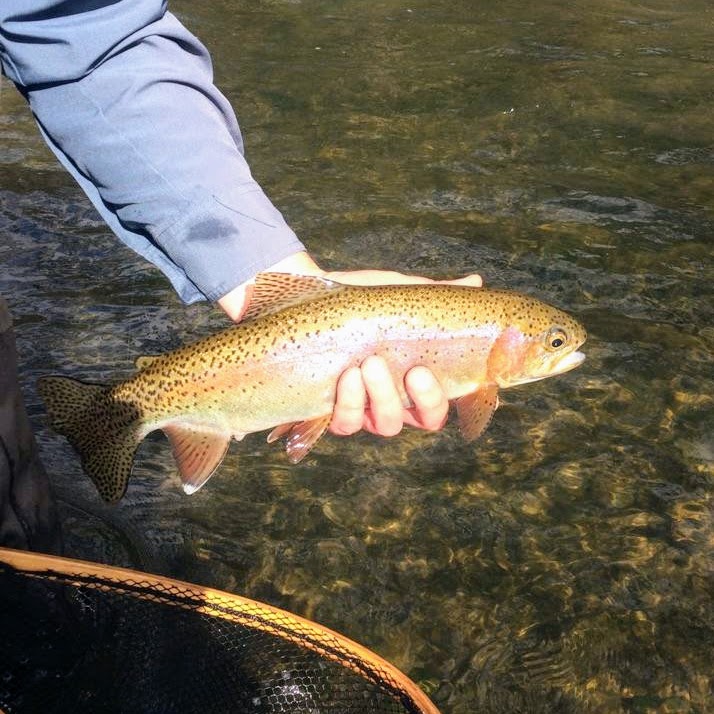Dave_W
Moderator
Staff member
Mike wrote:
Troutbert,
I waited until we sampled farther upstream to respond. A major part of the improvement is solely related to water temp improvements once a dam was removed. The fish population responded gradually. One big change from when the stream was surveyed in the late 1970's is that the substantial smallmouth population has disappeared. As the old impoundment site grew in with terrestrial vegetation and as the vegetation matured along the rest of the stream at the same time, it is clear that stream temps improved and that trout populations did as well. There is still more improvement possible, however, because the stream still supports a common shiner population, with the most being present closer to where the impoundment was located and a decline in numbers occurring farther downstream.
I doubt that the stream will support a Class A equivalent biomass in the future, as about a third of the two mile length that was surveyed using two representative sampling sites was impacted by substantial stormwater runoff and had predominantly pea gravel and sand substrate. It is unlikely that the two sites will ever average to the equivalent of a Class A biomass as a result and even the downstream site was only a low class B equivalent, but with a nice number of legal size fish. The downstream site was more ideal with less stormwater damage, good habitat, and a rocky substrate. Additionally, this is a stream that I shifted a decade ago to predominantly RT stocking, which may have also benefitted wild trout abundance.
For those concerned about RT spawning, I have had RT predominantly stocked in SE Pa for years and have only run into RT fingerlings on a few occasions. I have never run into a wild adult RT except in limestoners where we already knew that wild RT populations were present and perhaps in Codorus Ck.
Where have I seen RT fingerlings on occasions in stocked trout sections? Cold Run, trib to the Little Schuylkill, Beaver Ck, trib to Fishing Ck, York Co, Little Lehigh ( not Area 6)', Codorus Ck in the old days, and perhaps a handful of others where we might have recovered a single fish. This is also what I have seen when working statewide. Fall spawning of pa stocked RT is a big problem for over winter survival of fall production. Why the few fingerlings that are produced at times do not seem to survive is more of a mystery, but it could be related to cold water disease or generally poor adaptation to the wild.
Very interesting.
In your last sentence, what is meant by "coldwater disease"?








